EindhovenMap
October It’s sort of like the Dutch Perm—a city which has begun thinking about design. 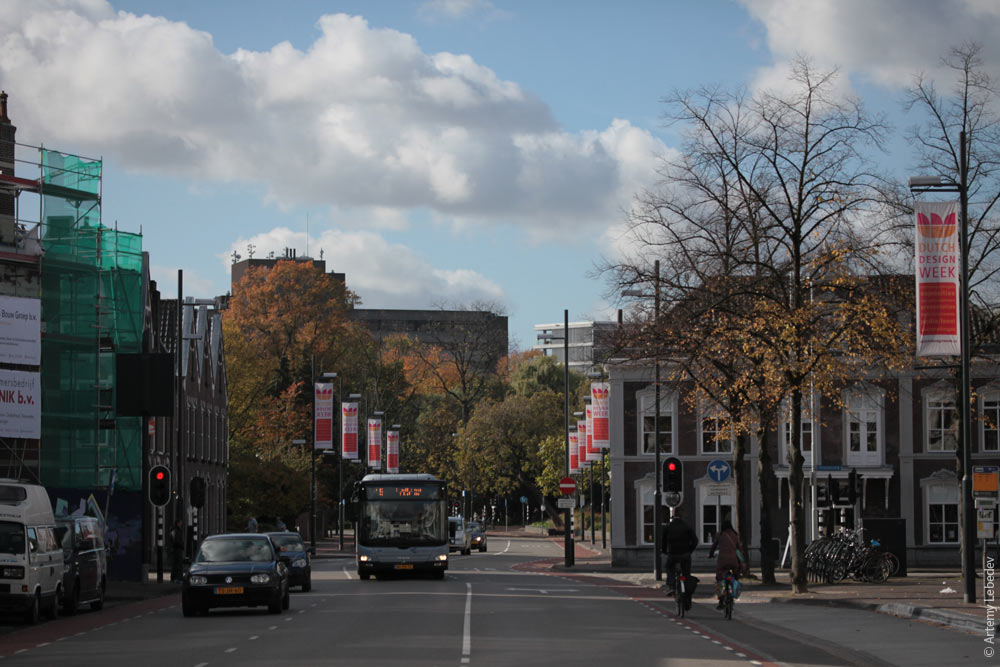 Like Perm, Eindhoven has bike paths. 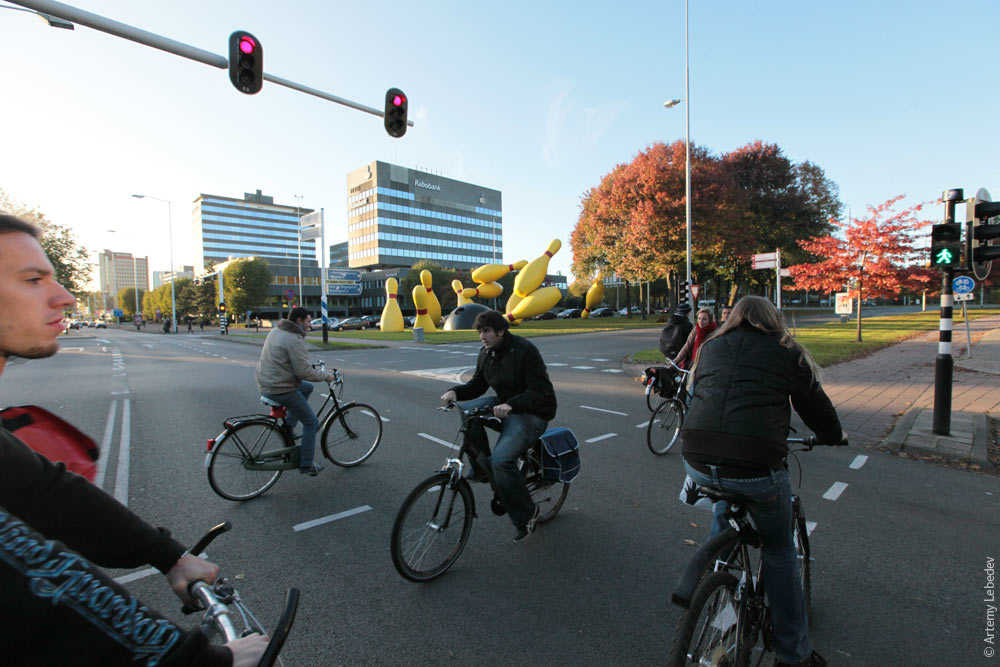 They’re used even by moped riders with dogs in tow. 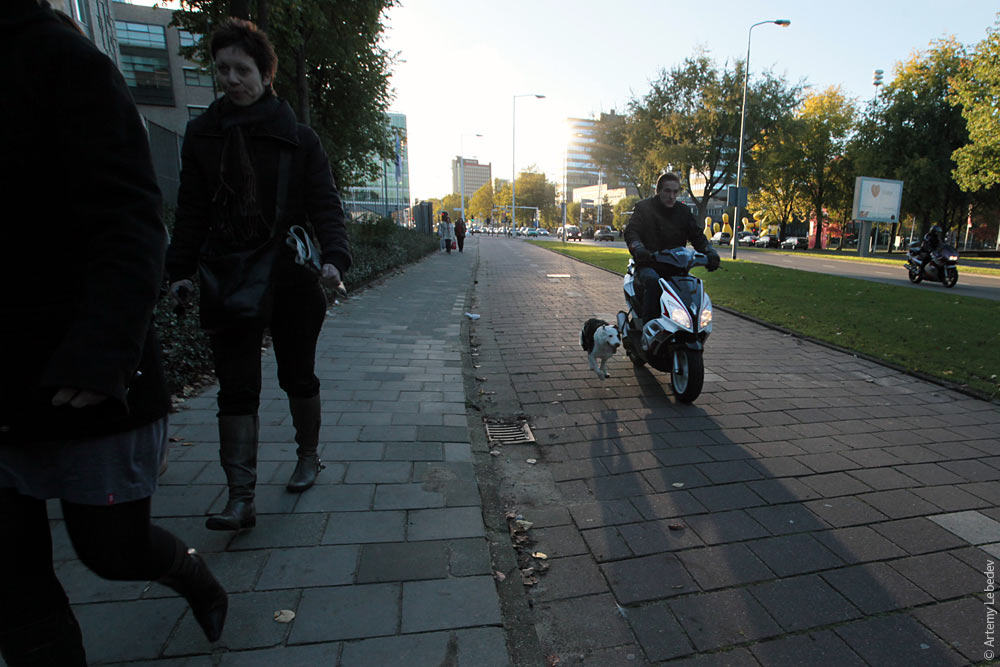 And people on all sorts of other newfangled vehicles. 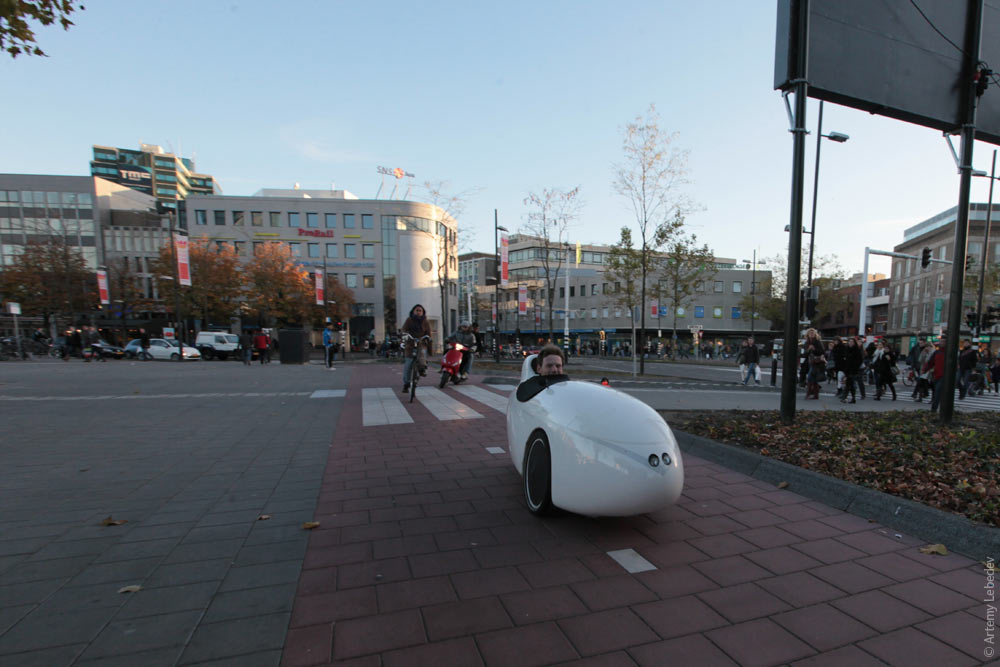 However, the search for similarities ends with the amount of gum stuck to the ground. 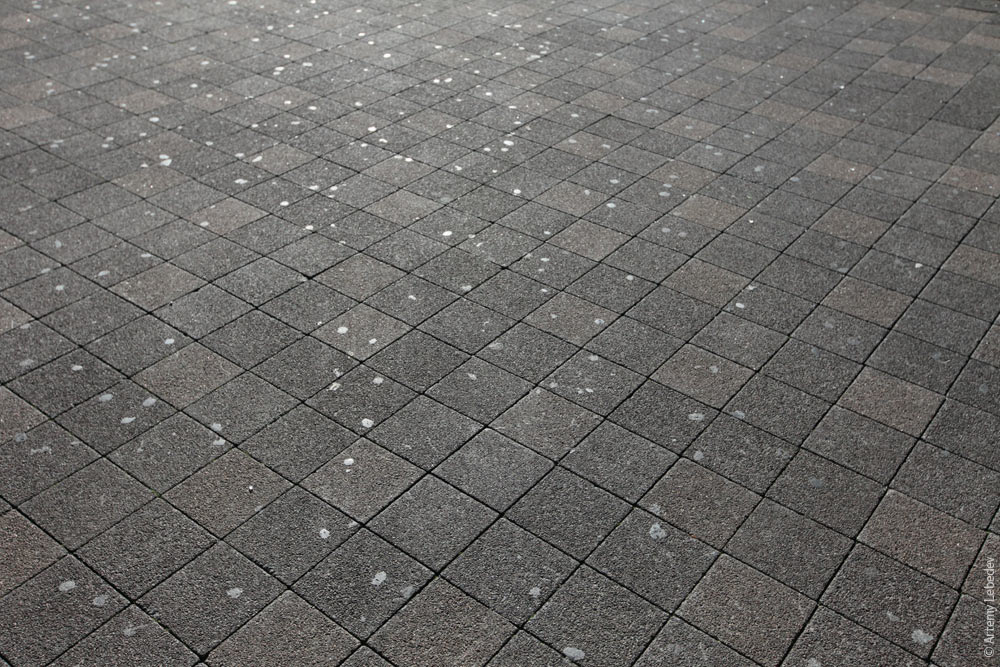 The curbs are unbelievably beautiful here. 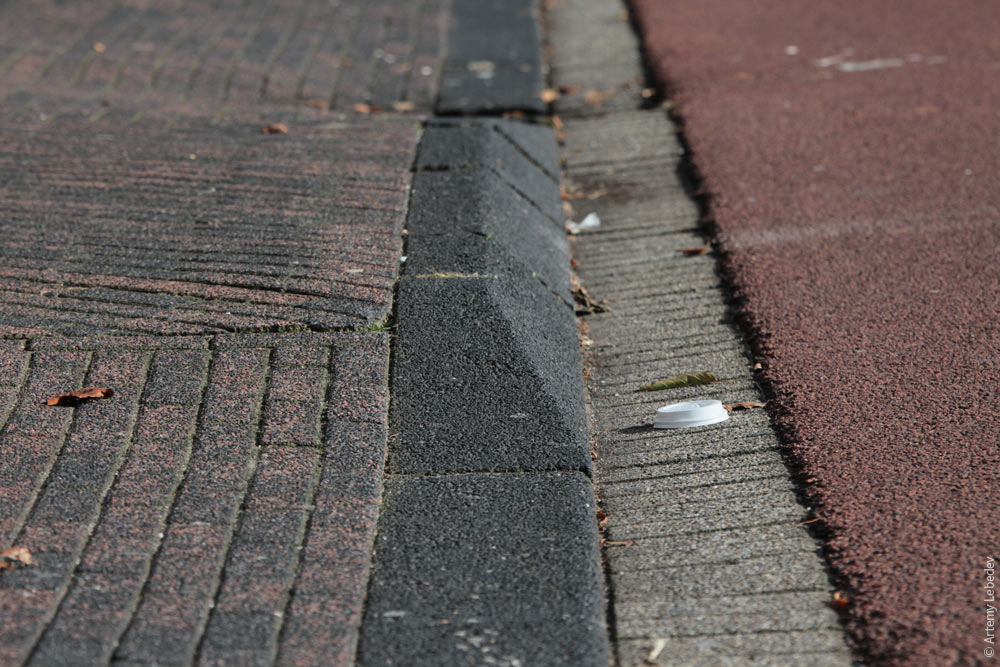 The roads are paved with love. 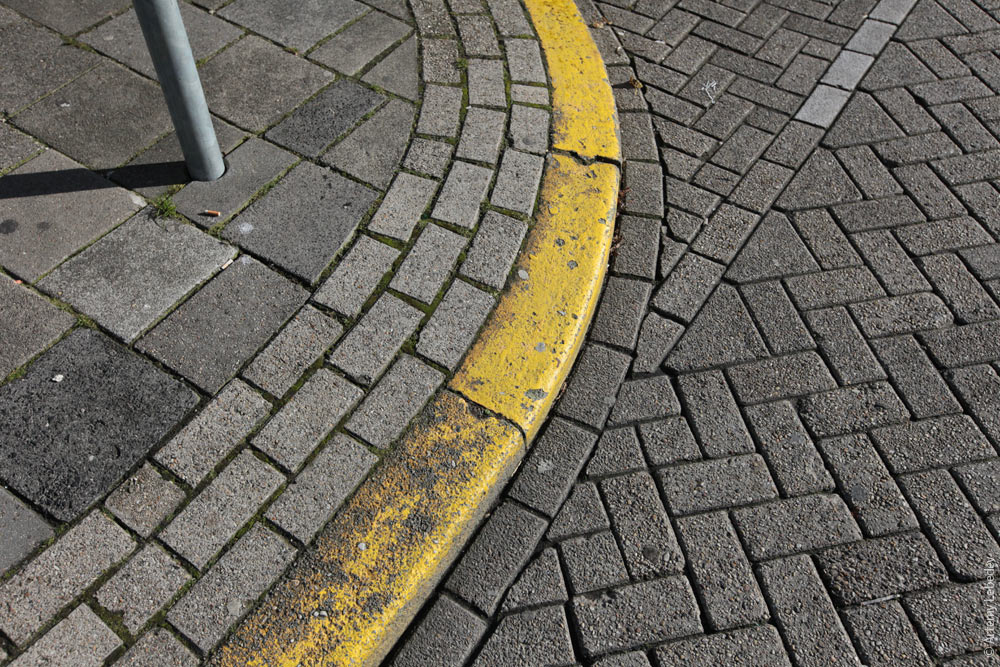 And the sidewalks are made to last for centuries. 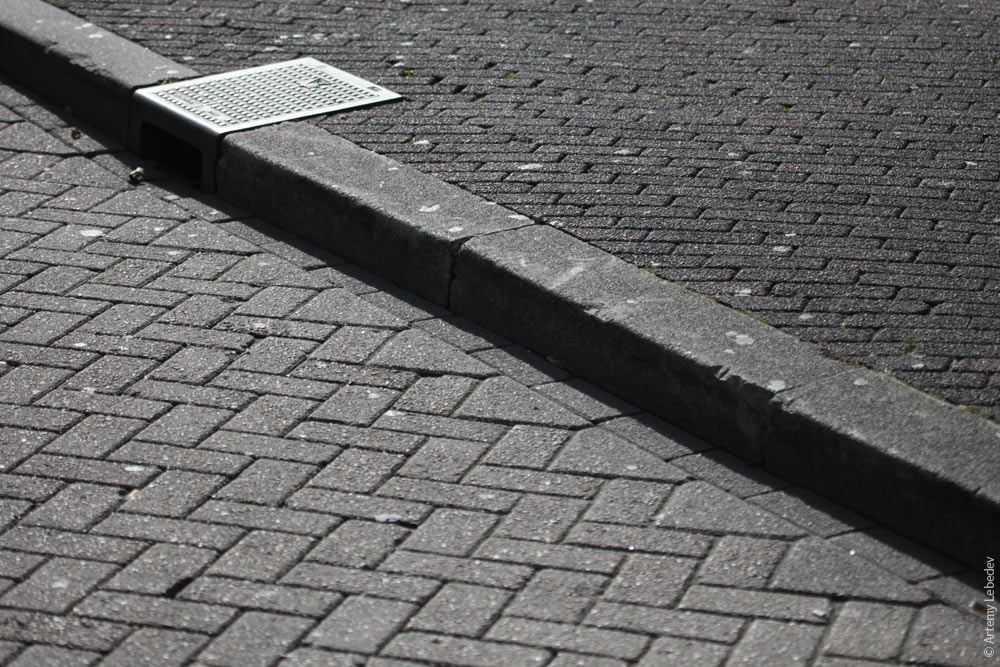 Only people who possess inner freedom are capable of erecting a monument to an unattractive old man. 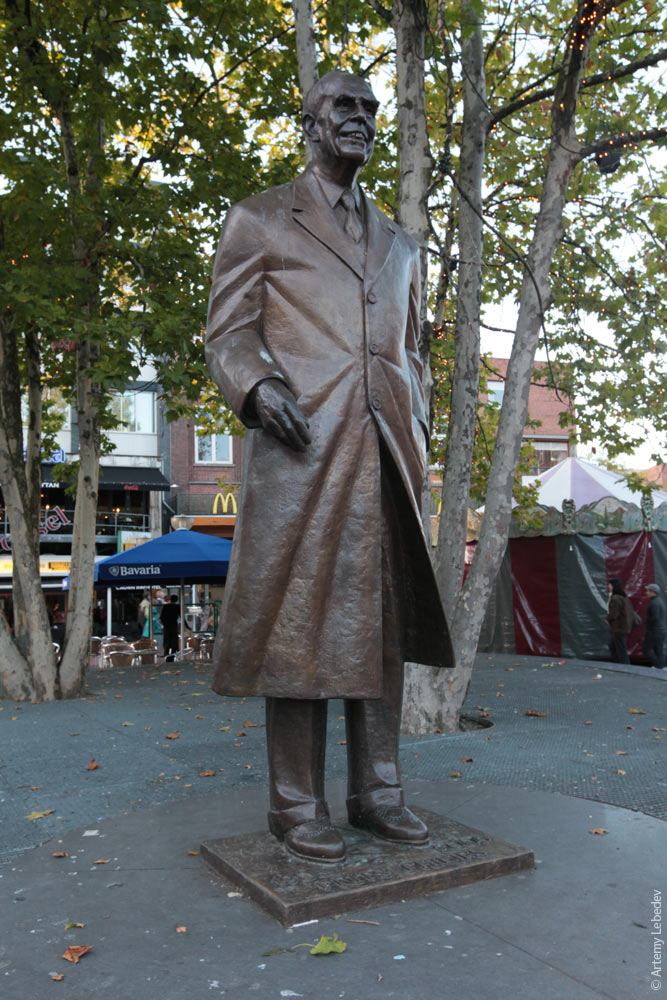 A receptacle for collecting fall leaves. 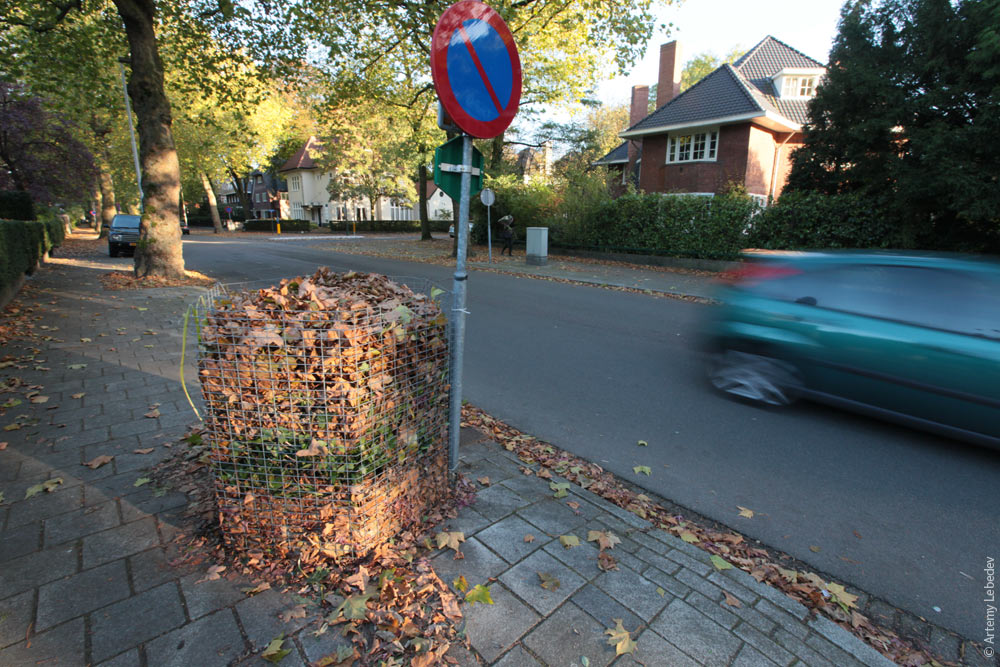 Old street signs. 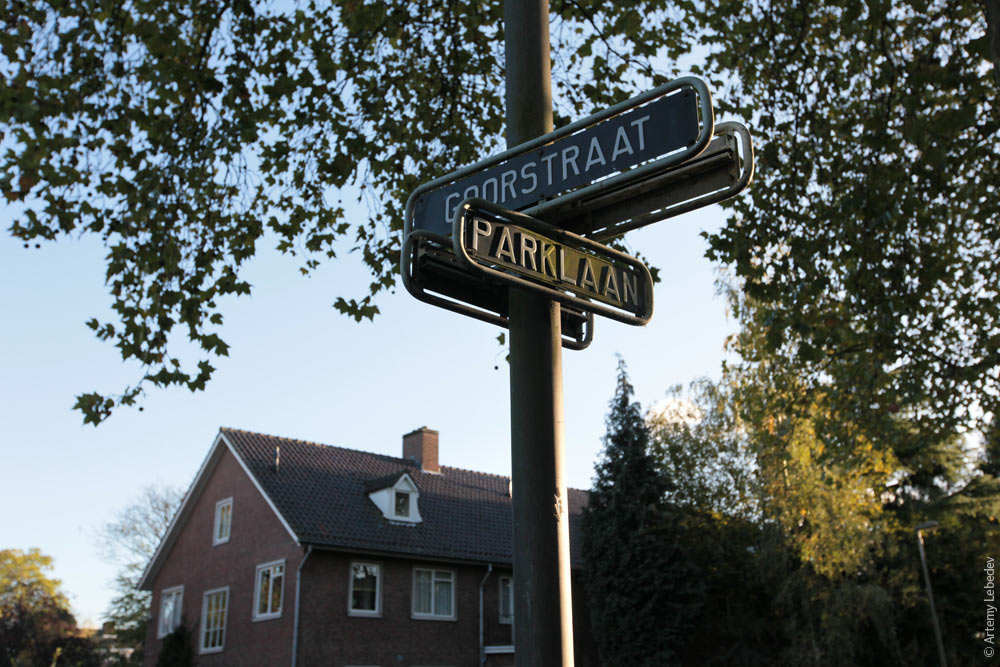 A trash can. 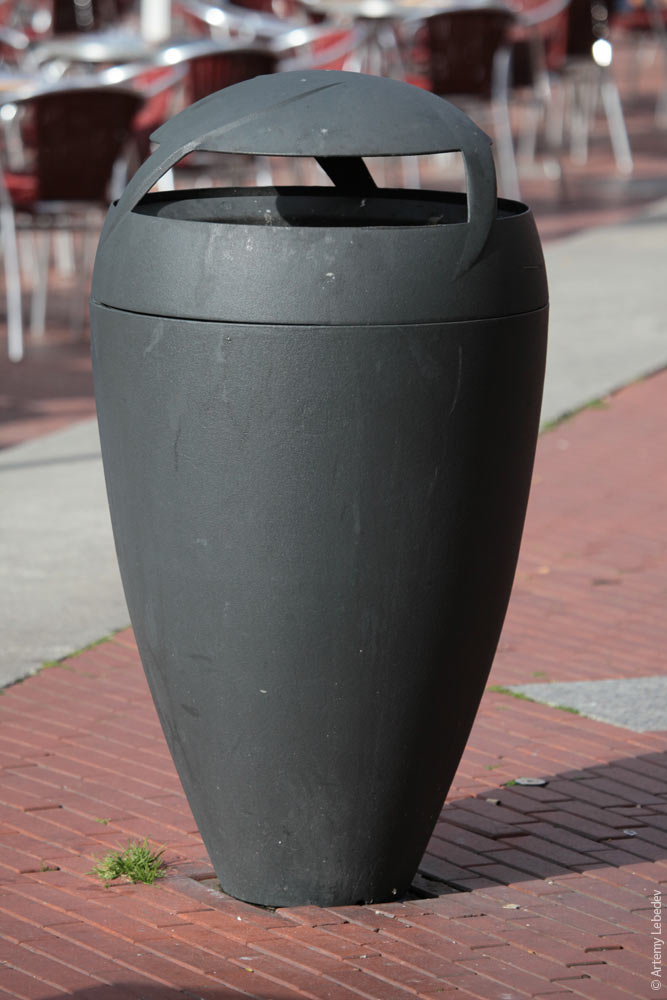 An energy-efficient but nonetheless digital bus schedule. 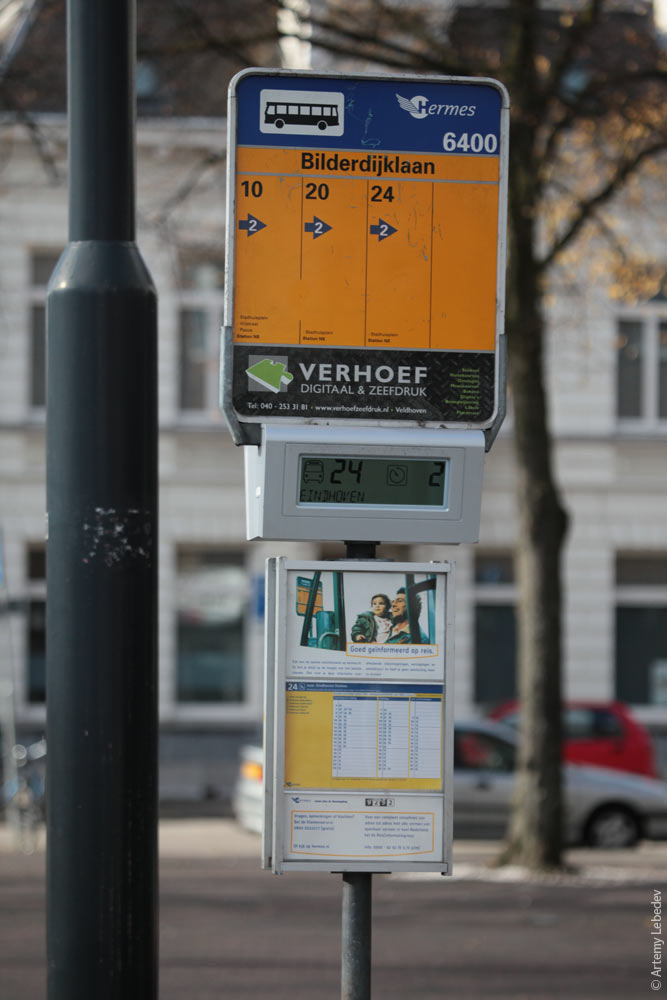 Please lock your car and don’t leave any valuables inside. 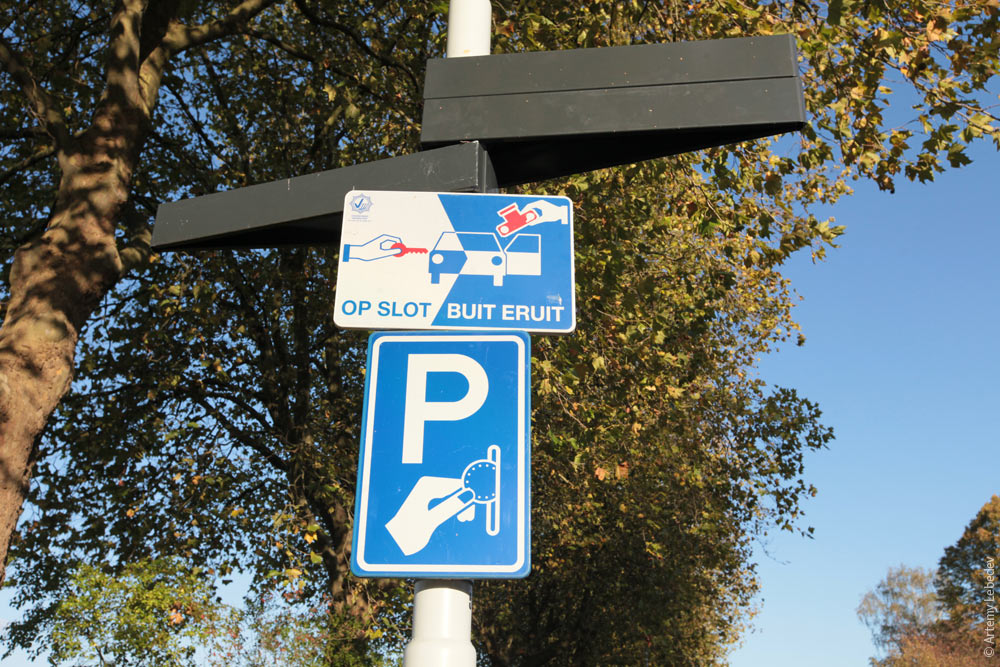 Please do not urinate (hello to Brussels) or consume alcohol in the street. 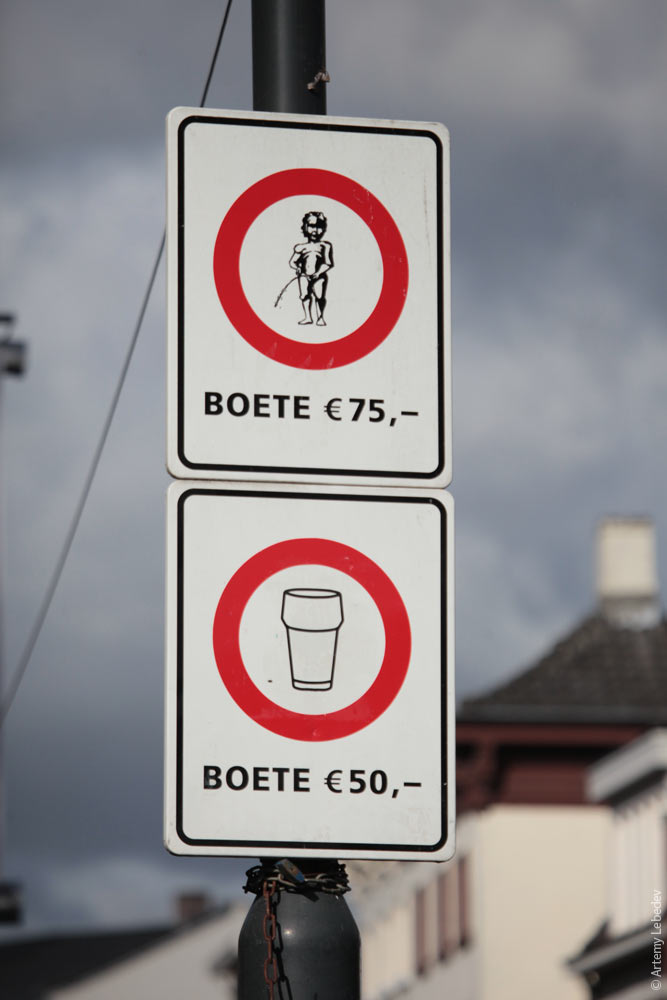 This city was once a completely unremarkable place where Philips’ headquarters and light bulb factory were located. Then the company decided to move to Amsterdam, and the city was given over to designers. 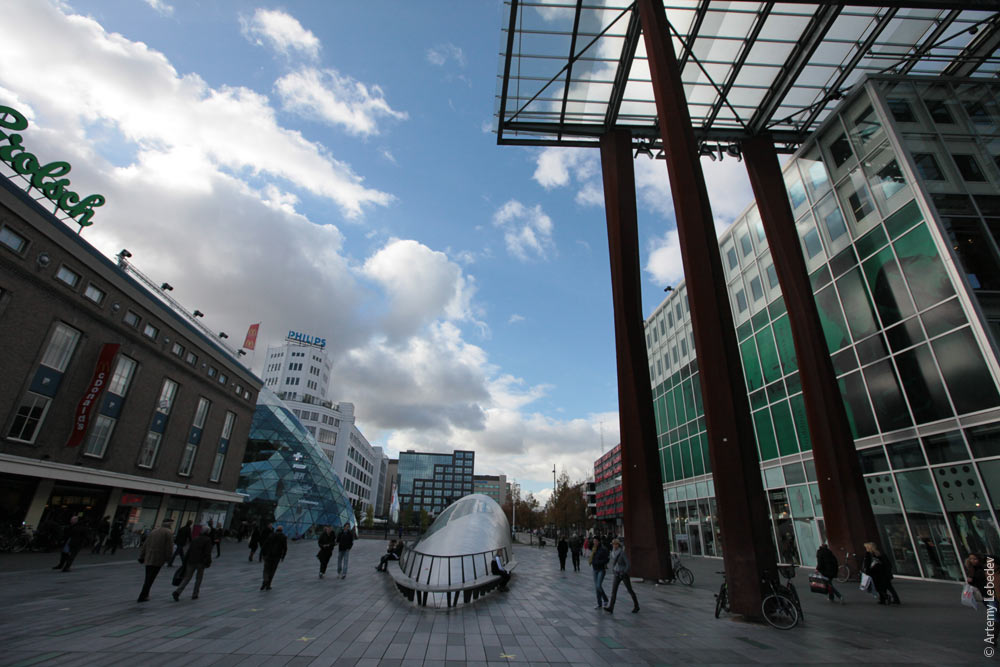 A restaurant was opened where the factory cafeteria used to be. None of the light bulbs in the restaurant are made by Philips. 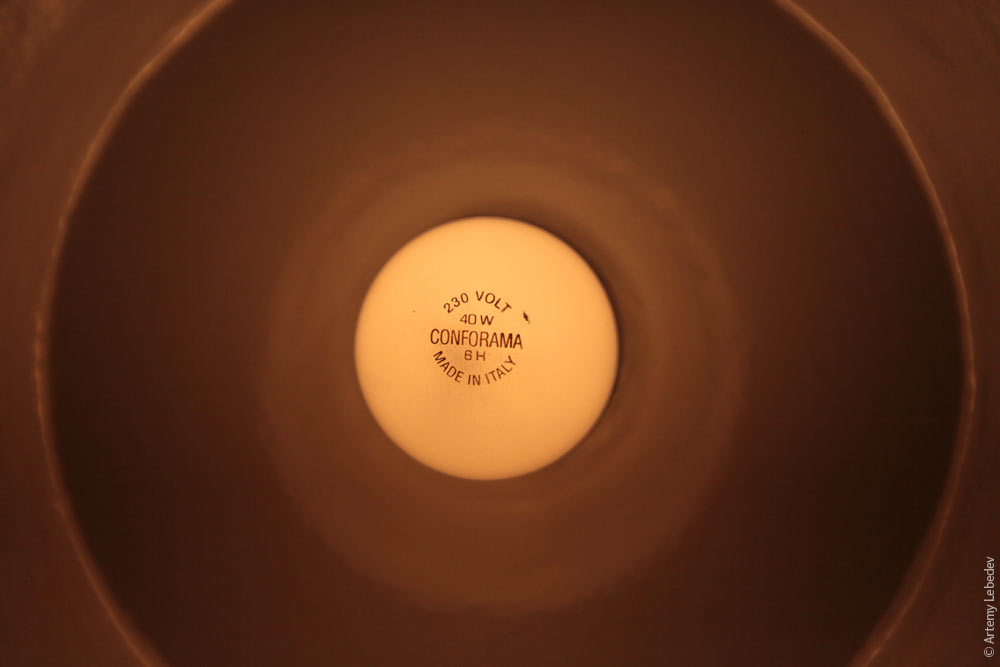 I was both surprised and not surprised by the fact that a local design store sells our Verbarius digital clock. 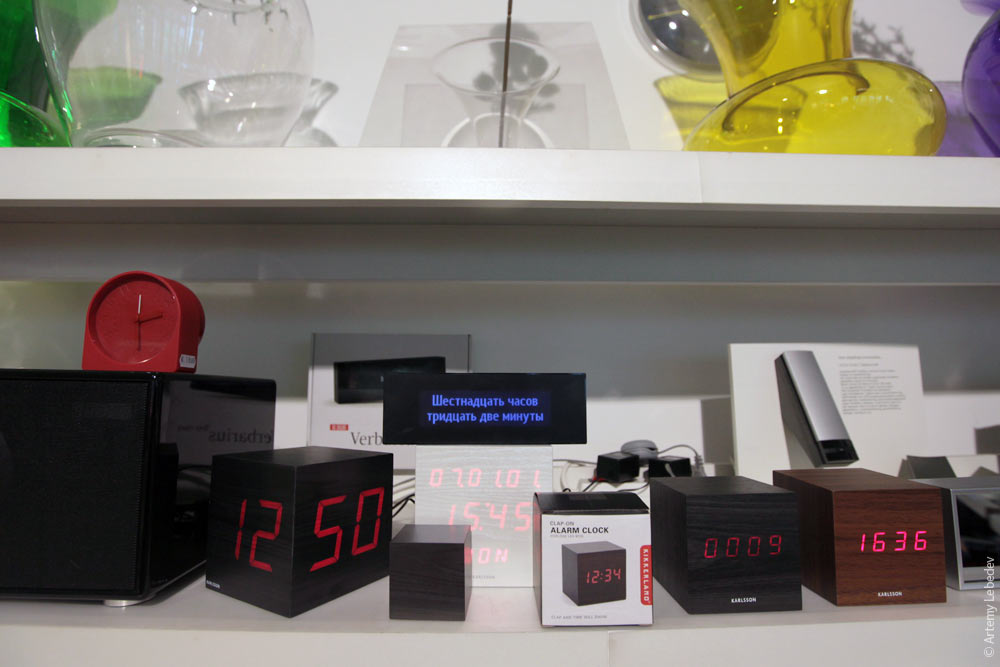 The main thing that differentiates western education from Russian education is that everything taught has a practical application, or at least an explanation as to why someone could find that knowledge useful. There’s a truck parked in the city’s main square with a “Nanosupermarket” in the back—an exhibition of students’ ideas illustrating the practical everyday uses of nanotechnology. Because apparently the word “nanotechnology” means “someone wants to get a bunch of money for god knows what” to most people in the Netherlands as well. 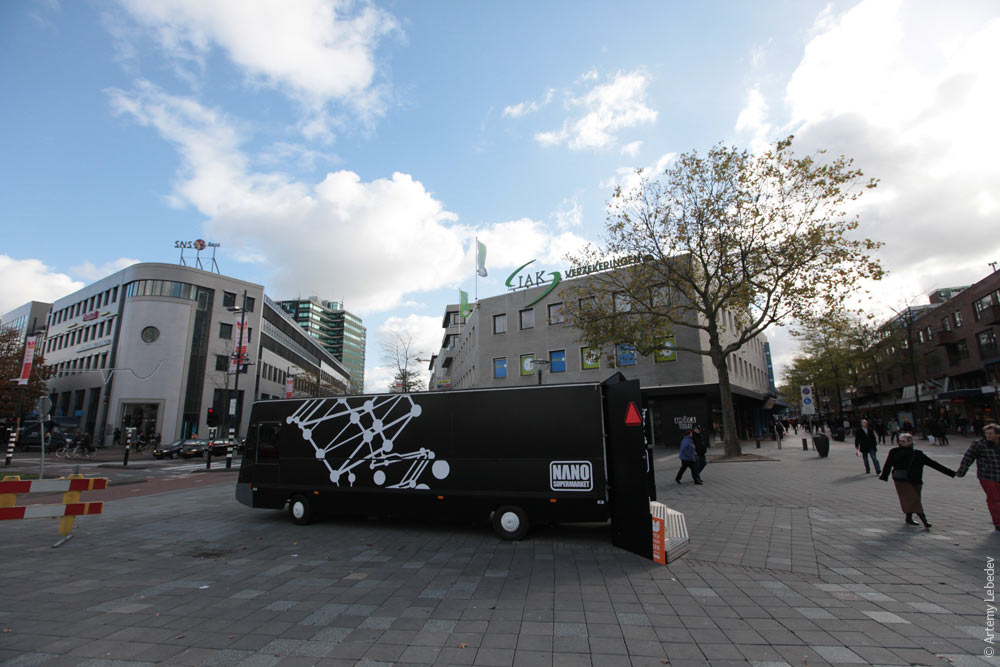 The students have shown concrete potential applications for nanotechnology in the next ten years. Each idea is presented in the form of a retail box—as if these items were already available for sale in stores. For example: a potted bonsai tree which can recharge cell phones. And right there you have the box, a pot with a bonsai growing in it, and a jack plug sticking out from the soil.  Or, for example, color-changing nanopaint. There’s the remote (you can change the color on it), there’s the bucket of paint. And it’s instantly clear how nanotechnology can actually be useful.  And the whole city is filled with this kind of attitude. And the municipal authorities don’t get in the way of anything. Magic. |